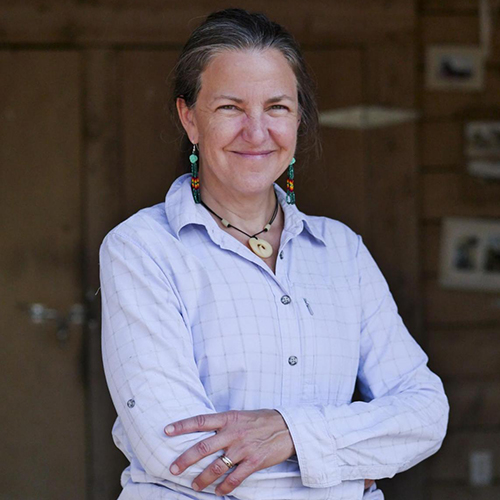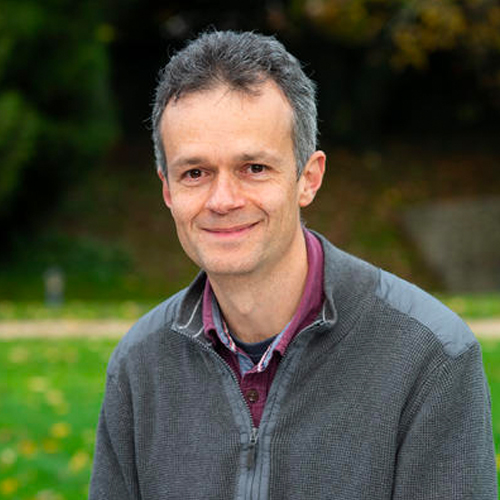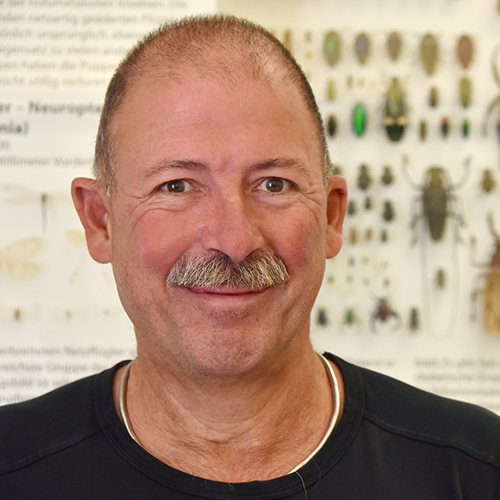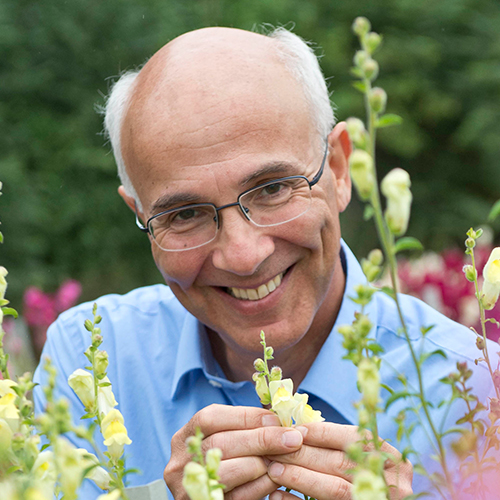| 22 de febrero / 11 h |

|
The role of adaptation in phenotype divergenceand speciation:
an integrative and comparative perspective
Evolutionary mechanisms lead to changes in the phenotypic and genomic features of populations; population genetics and patterns of phenotype differentiation are often used to infer which of these mechanisms are at work. Here, I highlight the need to more directly study the underlying processes and mechanistic basis of population-level patterns. Barn swallows (Hirundo rustica) are widespread throughout their northern hemisphere-wide breeding distribution with fascinating levels of morphological and behavioral divergence among six closely related populations. My lab studies the role of evolutionary mechanisms in shaping phenotype and genomic variation among populations in this young species complex. Experiments and selection studies within populations predict population-level differences in signaling traits and migratory behavior. Analyses within hybrid zones also reveal that differences in both signal and migratory traits are predictive of gene flow and the evolution of reproductive isolation among sub-species in secondary contact.
Pulsa aquí para ir al sitio youtube del seminario de la Dra. Rebeca J. Safran |
Rebecca J. Safran
Department of Ecologyand Evolutionary Biology,
University of Colorado / EEUU |
| |
|
|
| 9 de marzo / 11 h |

|
Personal experiences, partial solutions and promising directions: what do we understand about seed plant phylogeny?
Resolution of the phylogenetic relationships among the major lineages of seed plants based on molecular data has failed to provide new insights about the origin of angiosperms and their characteristic features, such as the bitegmic ovule, the carpel and the typical angiosperm stamen. Possibilities for progress will require careful synthesis and analysis of paleobotanical data, as well as focused investigations of problematic fossil material. In this lecture I will present a personal perspective on emerging paleobotanical contributions to understanding seed plant phylogeny, suggesting some partial solutions and some promising directions for the future, including with regard to angiosperm origins. |
Peter Crane
Oak Spring Garden Foundation / EEUU |
| |
|
|
| 23 de marzo / 11 h |

|
Horizontal gene transfer and speciation in eukaryotes
The classical view of eukaryote species is of closed gene pools and that horizontal gene transfer (HGT) is rare. This talk uses genomics to investigate two systems with HGT – bdelloid rotifers and the fungi that cause coffee wilt disease – and asks whether HGT contributed to speciation and ecological divergence.
Pulsa aquí para ir al sitio youtube del seminario |
Tim Barraclough
Department of Zoology, University of Oxford
Reino Unido |
| |
|
|
| 13 de abril / 11 h |

|
Historical biogeography and biodiversity in the Atlantic Rainforest
I have dedicated most of my research hours to the study of biodiversity patterns in the Atlantic Forest of Brazil. Along with a phenomenal group of students and collaborators, we have ventured into different areas of integrative biology: biodiversity mapping, macroecology, historical demography, physiology, and predictive modeling. In this talk I share some of these studies and findings, and introduce you to the work of some of the amazing young scientists I have had the pleasure to work with, several of them Latin@s. You shall hear about frogs, lizards, butterflies, birds, bromeliads, and other beasts, and, if you ask, I might as well tell you what did not work, and how we've gone back to the drawing board every now and then.
Pulsa aquí para ir al sitio youtube del seminario |
Ana Carnaval
The City College of New York / EEUU |
| |
|
|
| 27 de abril / 11 h |

|
Insect Systematics - from Hennig to transcriptomes
In the mid-20th century Willi Hennig revolutionized insect systematics. Recent phylogenomic studies again largely confirm his views, with very few exceptions. The interordinal relationships are now resolved with few exceptions, for instance the relationships of the entognathous orders or the possible paraphyly of Paraneoptera. Future challenges are exploring insect evolution in the dimension of time and documenting the rapidly declining diversity.
|
Rolf Beutel
Friedrich-Schiller-Universität Jena / Alemania
|
| |
|
|
| 11 de mayo / 11 h |

|
Genetic Pioneers: The Evolution
and Development of Species Diversity
Species represent many different solutions to the problem of survival and reproduction, but how these solutions arose, diverged and became reproductively isolated remains unclear.I will describe a range of experimental and computational approaches to addressing this problem and show how diversity may arise through an interplay between fitness, function and life history.
Pulsa aquí para ir al sitio youtube del seminario
|
Enrico Coen
John Innes Centre, Reino Unido
|